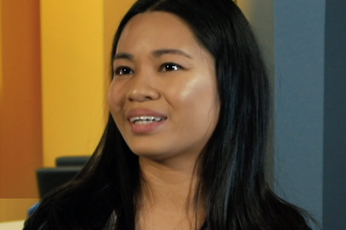By DeVry University
4 min read
Dr. George Kuh literally wrote the book on student engagement – “Student Success in College: Creating Conditions that Matter.” In discussing the subject with him, he’s quick to point out that being engaged is useful both inside and outside of the classroom.
“Engagement is important in every facet of life, whether it’s with a community, a partner, or a family member. It’s about being accessible and present in the moment with regard to the experience you’re having,” Kuh says. “Engagement is key in terms of the motivation tied to the learning experience, so students learn something they may not have otherwise, and find meaning and relevance in it.”
Kuh has been studying and innovating in the field of student engagement since well before the phrase was coined in academic circles. In the 1930s, experts were all about “time on task,” and in the 1980s “involvement” was the buzzword.
“Today, student engagement isn’t just about how students spend their time and what they’re getting out of it, it’s about what institutions are doing from their side,” Kuh says. “The more engaged a learner is, the more they benefit in a variety of ways. These are things we don’t always measure well, but are critical to success: conscientiousness, self reflection, mediating one’s emotions, and being able to interact effectively with people from different backgrounds.
“These are things universities don’t offer as majors, but every field of practice is going to require those kind of behaviors to be effective.”










